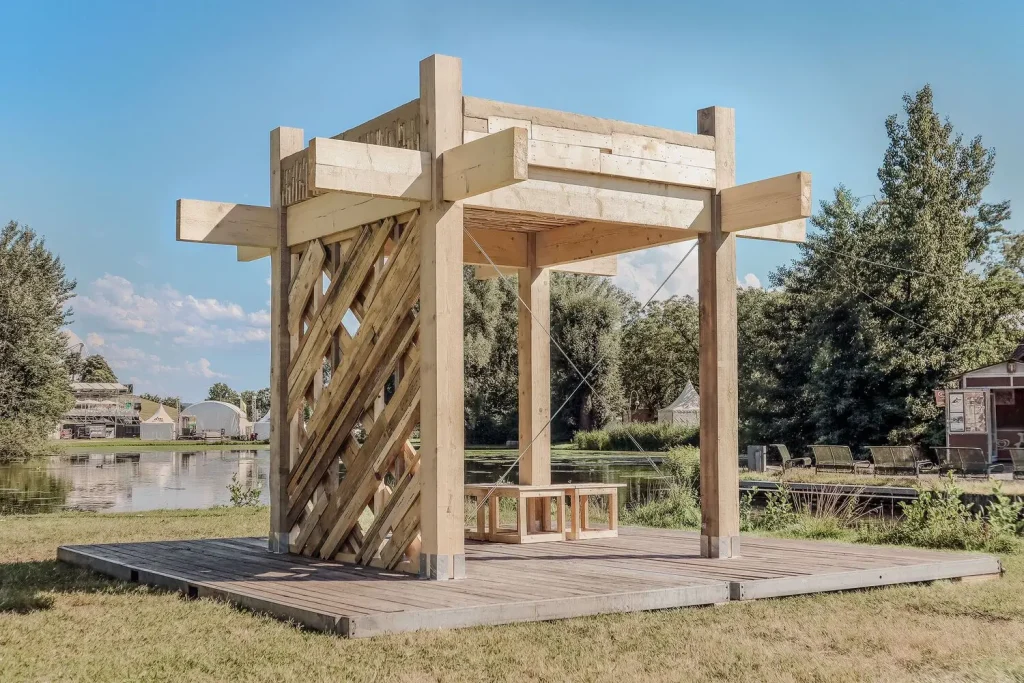
Living in a world where environmental awareness is becoming increasingly socially conscious, the problem of waste, with its increasing volume due to the constantly growing human impact on nature, is intensified. Waste has a direct impact on architecture, more specifically, on the construction industry.
Sustainability has become the main focus of several scientific, economic, and social fields in the 21st century, one of the most important ones being, of course, architecture. As the urgency continues to grow, it is becoming crucial for us to understand that finding new practices and innovative solutions is essential for future development.
Today, architects and designers face the realization, and by extension the hard challenge, that with the constant reminder of global warming and climate change looming over us, the increasing need to minimize carbon footprint and the issue of resource depletion, recycling alone is not sufficient enough. Recycling is the most well-known approach to sustainable architecture, and while it has played a distinct role in sustainability so far, it is pivotal to understand that sustainable architecture can be so much more.
What is Upcycling in Architecture?
Upcycling is a process of transforming waste and unwanted materials into new materials of higher value to reuse in designs. It offers a fundamental change in approaching sustainability, abandoning the traditional linear model in favor of a more circular and regenerative approach. Through upcycling, we can reuse existing buildings and materials, revitalizing them while maintaining their originality.
Recycling and Upcycling
Recycling is a process of transforming materials determined to be waste into their raw components to create new usable products. This makes recycling a process that requires energy and expense, both too valuable to be wasted if provided with another opportunity, making recycling potentially not the best concept for reducing waste material. Alternatively, upcycling is far more beneficial because it takes and transforms waste materials through their original form, essentially undercutting the need for the energy and expense of breaking them down into raw components that recycling requires. This makes upcycling a much more compelling alternative for sustainable architecture compared to recycling.
Upcycling in architecture offers limitless potential to create sustainable designs while reducing waste and cost, as well as promoting resource efficiency. However, it is necessary to recognize that recycling is still a much-needed approach in sustainable architecture because upcycling, so far, is not the solution to every problem. Rather, upcycling is recycling’s extension, both approaches complement each other. Embracing both approaches’ principles and utilizing them optimally for each arising problem should prove effective in paving the way for a greener and more sustainable future.
Challenges of Upcycling in Architecture
Upcycling, while promising, does not come without challenges. Safety issues and structural integrity can be difficult to ensure when using some upcycled materials. Using upcycled materials may occasionally bring some design creativity limitations, as the approach dictates repurposing materials in a way that fits certain design goals.
Moreover, while upcycling can be more cost-effective than recycling, it can sometimes be more expensive and time-consuming compared to using new materials. These challenges make the success of upcycling in architecture highly dependent on collaboration among architects, constructors, suppliers, and clients. Overall, upcycling is worth exploring and overcoming these challenges for the benefit of society at large.
Notable Examples of Upcycled Designs
The Tate Modern, London
Year: 2000
Architect: Herzog & de Meuron
Tate Modern is the world’s most visited museum of contemporary art. Once the Bankside Power Station in the district of Southwark, in London, through Herzog & de Meuron’s design, today this building becomes a demonstration of combining the old and the new.
The design comes together and functions as a unified organism. It maintains the authenticity of the old building using its form and facade language while introducing its new extension with a more modern appeal. The extension and the existing building create a closer relation through the old and new brickwork blending together in the building, making it a harmonious unit.
Freitag Flagship Store, Zürich
Year: 2006
Architect: Spillmann Echsle Architekten
The Freitag Tower, built in 2006, is made of 19 rusty shipping containers stacked on top of each other in a steep tower of 9 units rising from a 4×2 unit base. The tower, like the products that can be bought there, is made entirely of used and waste materials, serving as a physical manifestation of the brand’s sustainable values.
The container is treated as an architectural unit, allowing for flexibility in space usage while maintaining its appeal. The store proves itself as a statement of the potential of upcycling in architecture to reduce waste and repurpose materials.
The High Line, New York
Year: 2009
Architect: James Corner Field Operations, Diller Scofidio + Renfro
Located on the West Side of Manhattan, the High Line is a 2.3 km long linear greenway featuring over 500 species of plants and trees. Once an abandoned railroad track destined for demolition, it was repurposed into a park, inspiring cities to transform unused industrial areas into dynamic public spaces ever since.
By reusing the existing railway and essentially contributing to the revitalization of the surrounding area, the project has become a beacon of sustainable urban regeneration.
The Cineroleum, London
Year: 2010
Architect: Assemble Studio
A self-initiated project, transforming a petrol station on Clerkenwell Road into a cinema, the Cineroleum initially served as an experiment for exploring potential possibilities of repurposing over 4,000 empty petrol stations in the UK. It was a creative design inspired by the lavish aesthetic of the Golden Age of cinema. Built by a team of volunteers, the cinema is entirely handmade using cheap industrial, reclaimed, or donated materials, making this project an excellent example of upcycling, addressing both wasted materials and space.
EcoARK, Taipei
Year: 2010
Architect: Far Eastern Group
The EcoARK Pavilion, located in Taipei, is the world’s first fully functional plastic building, an excellent example of upcycled designs. Standing nine stories tall, the building is constructed of Polli-Brick™, a building material made of 100% recycled PET bottles developed by MINIWIZ. The construction of the building took 1.5 million PET bottles, nearly 25% of Taiwan’s number of discarded PET bottles per year (4% of which are normally recycled). It’s a remarkable design embracing, at its fullest, the circular design mindset.
The pavilion, once designed to be used as an exhibition hall during the 2010 Taipei International Flora Expo, now serves as a public museum continuing to spread its message of sustainability.
Pavillon Circulaire, Paris
Year: 2015
Architect: Encore Heureux
The Circular Pavilion is anything but circular, the name being a manifestation of the circular economy approach rather than its shape. Installed in front of the Hôtel de Ville in Paris for three months, this building served as a manifesto of upcycling in architecture.
The pavilion is built with upcycled materials, 180 doors meant to be wasted after a restoration, mineral wool used for the interior insulation removed from a supermarket roof when it was restored, and more. About 60% of the predetermined waste materials used to construct the temporary structure were intended to find a second life afterward, truly making the building a model for sustainable architecture.
The Edge, Amsterdam
Year: 2015
Architect: PLP Architecture
Considered the world’s greenest and smartest building in the world, The Edge is an office building located in the center of Amsterdam Zuid business district. PLP, considering sustainability as a purely technological narrative that has been exhausted by its overuse, brings a new radical design through The Edge, combining numerous smart technologies to achieve a 98.36% (BREEAM-NL) sustainability score for the building. Upcycling is a key approach to its design, with materials sourced and repurposed to reduce waste.
Enabling Village, Singapore
Year: 2016
Architect: WOHA
Located in Red Hill, Singapore, Enabling Village is a transformation of an old defunct 1970s building into a multi-use community center. Using the former building’s original structure and layout, WOHA added several accessibility features to make the structure all-inclusive.
The team used a large number of upcycled materials throughout the building, such as concrete pipes serving as seating and reading nooks, old sea containers serving as bridges, follies and meeting rooms, and recycled oil drums planters. It serves as a prime example of integrating sustainability and accessibility thoughtfully beyond the physical aspect of designing.
People’s Pavilion, Eindhoven
Year: 2017
Architect: Overtreders W, Bureau SLA
Designed for Dutch Design Week (DDW) in 2017, the people’s pavilion was more than just a project. The pavilion was, and still remains, a design statement of the closed loop or circular economy approach and upcycling. A 100% circular building where there is zero waste in the construction process.
With a new radical approach, the designers accomplished the pavilion, a 250 sqm structure, with 100% borrowed materials which were returned to the owners completely unharmed after the DWW, introducing a new construction method where materials are strapped together, eliminating the need for screws, drills, glues, or saws. With little to no waste produced, this project took the circular upcycling approach to the maximum level.
Zero Waste Center, Kamikatsu
Year: 2020
Architect: Hiroshi Nakamura & NAP
Kamikatsu, located in Tokushima prefecture, Japan, is a small town aiming to become a sustainable recycling community. In 2003, Kamikatsu became the first town in Japan to commit to a Zero Waste Declaration.
The Zero Waste Center is the town’s recycling facility, where the residents separate their garbage into 45 categories, reaching a recycling rate of 80% so far. The building was constructed by reusing unwanted materials such as steel, fabric, wooden floors, and tiles obtained from a variety of local buildings. Well, within the right path, the town is expected to meet its sustainability goal for zero waste by 2030. Through Kamikatsu and its Zero Waste Center, a new standard for a sustainable society has been established.
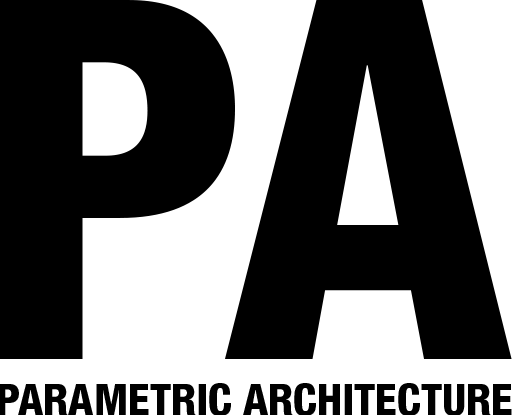




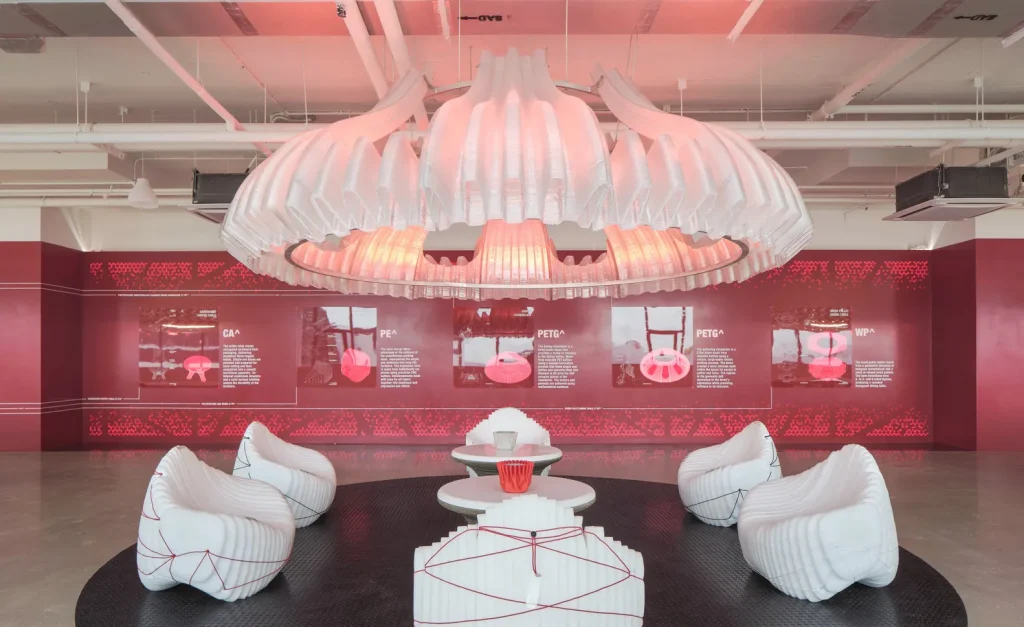

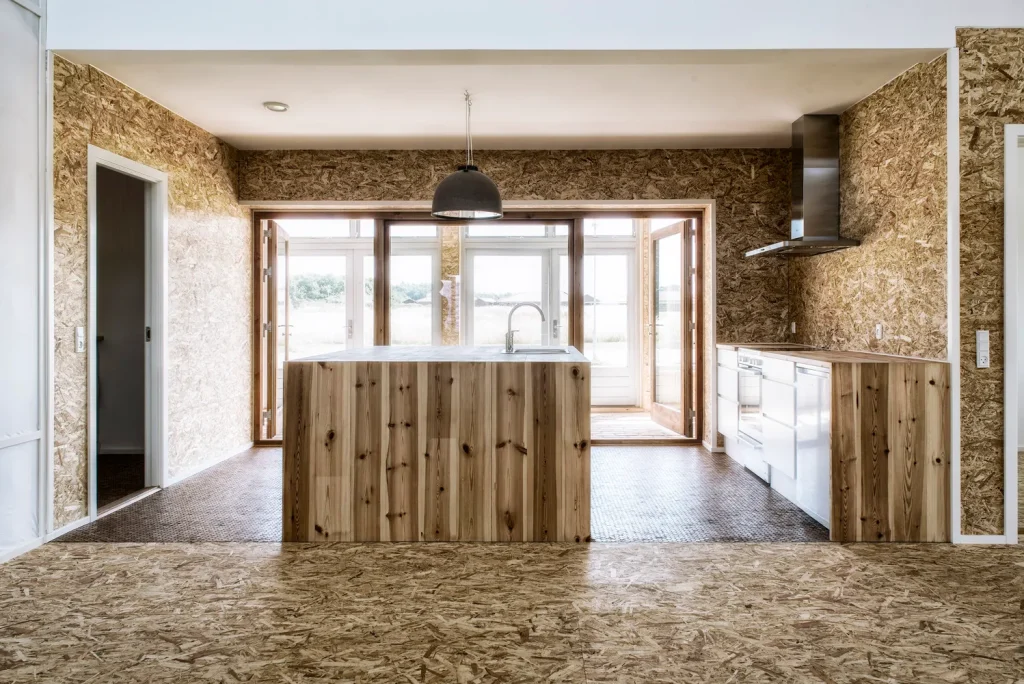
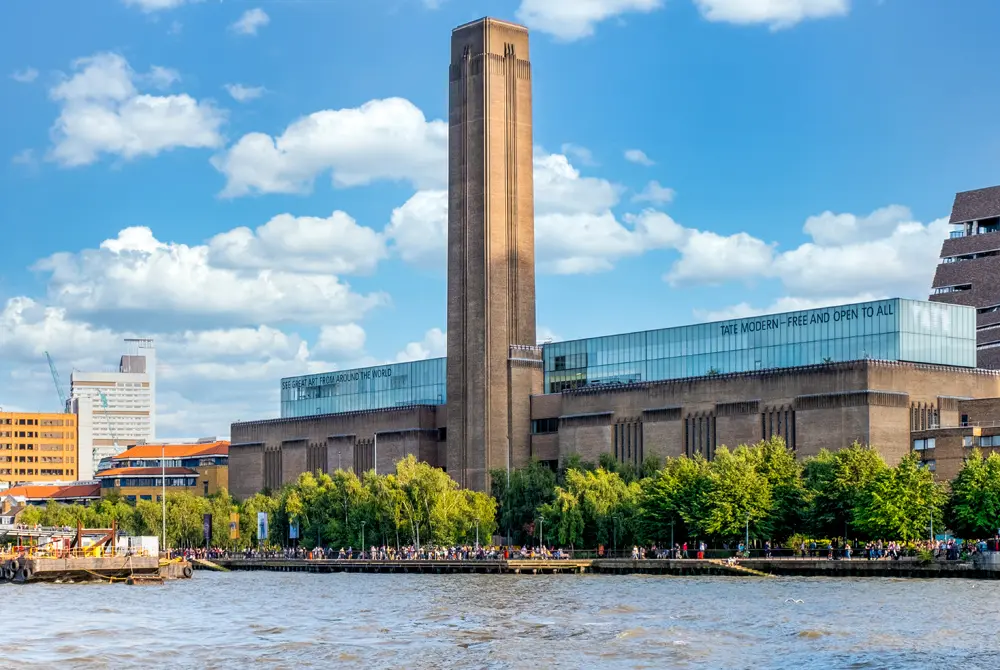
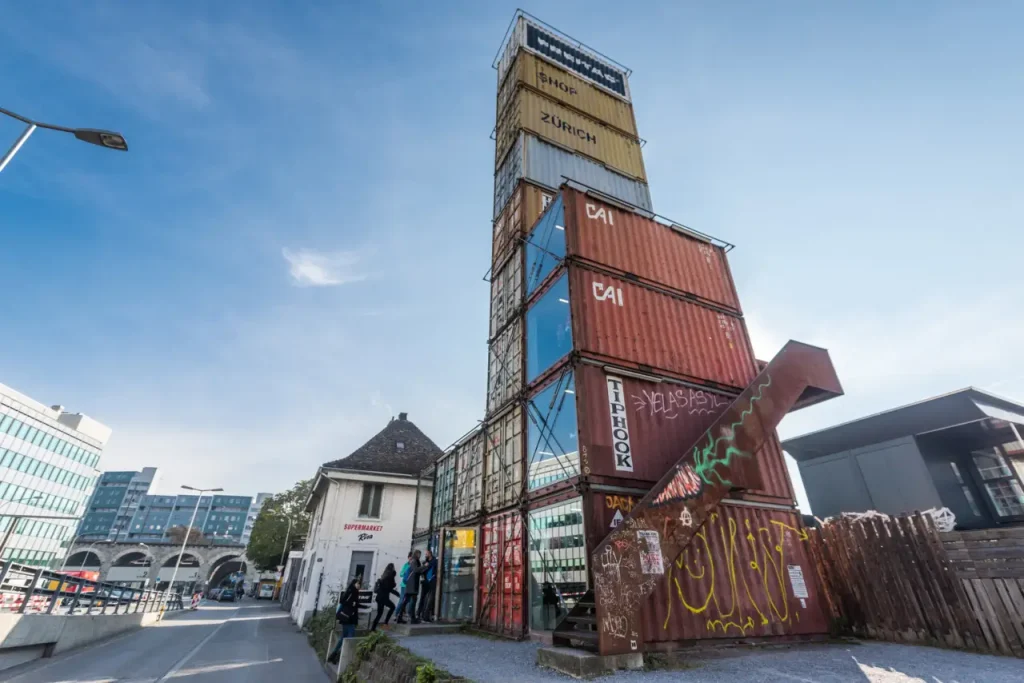
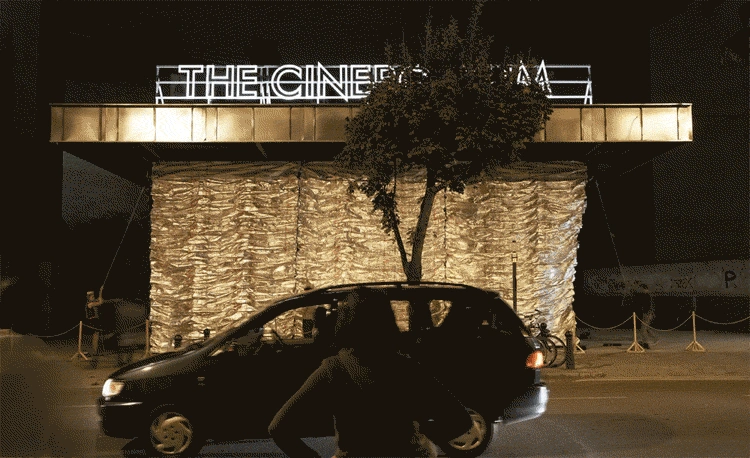

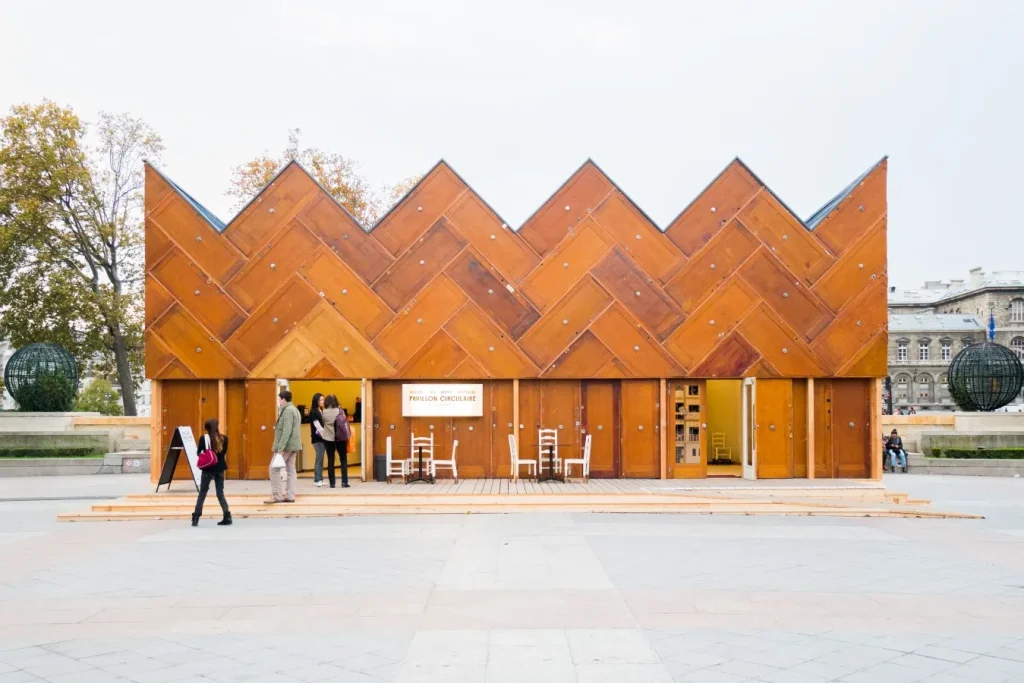
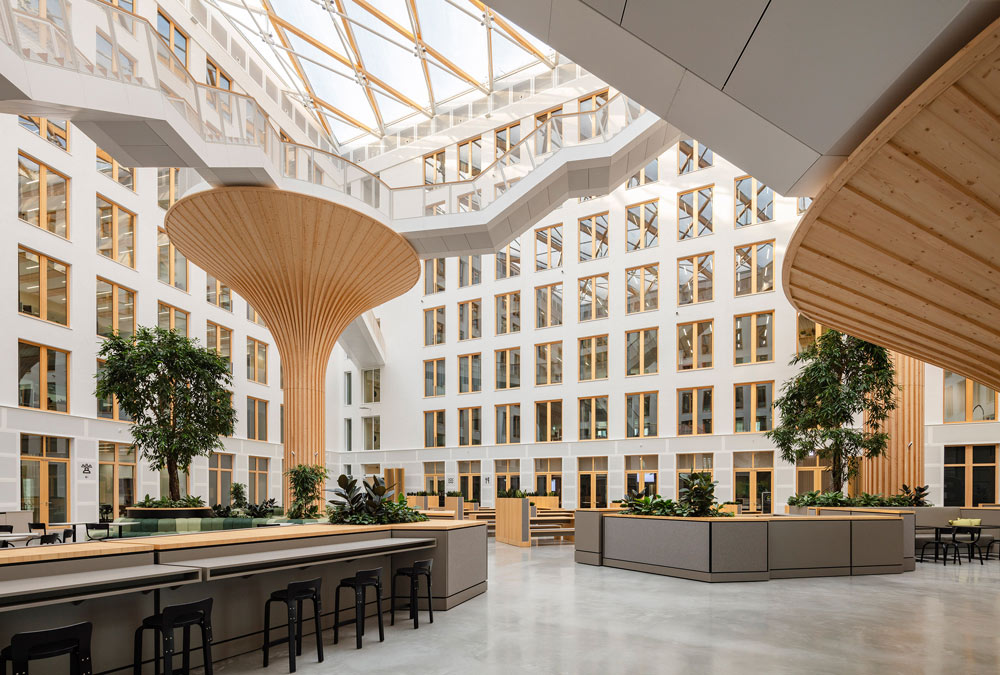
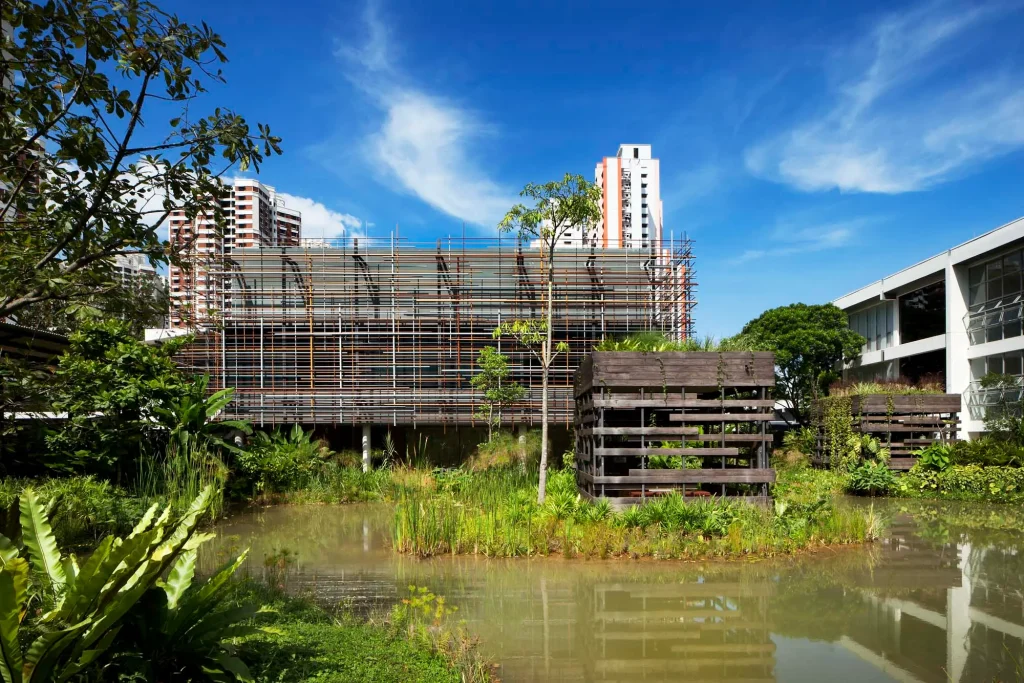
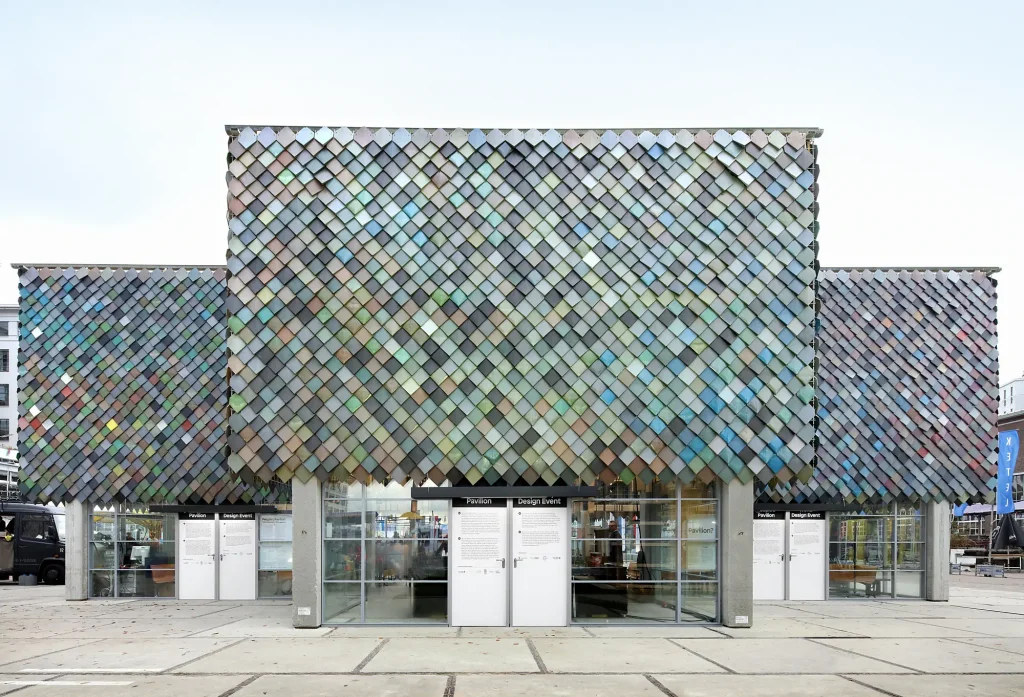
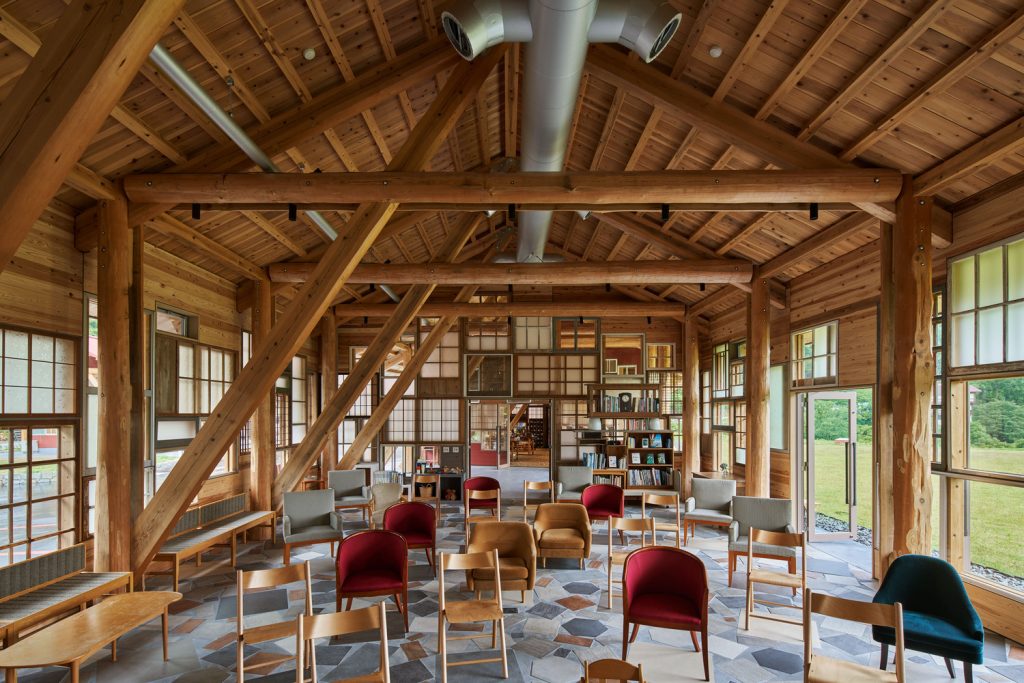

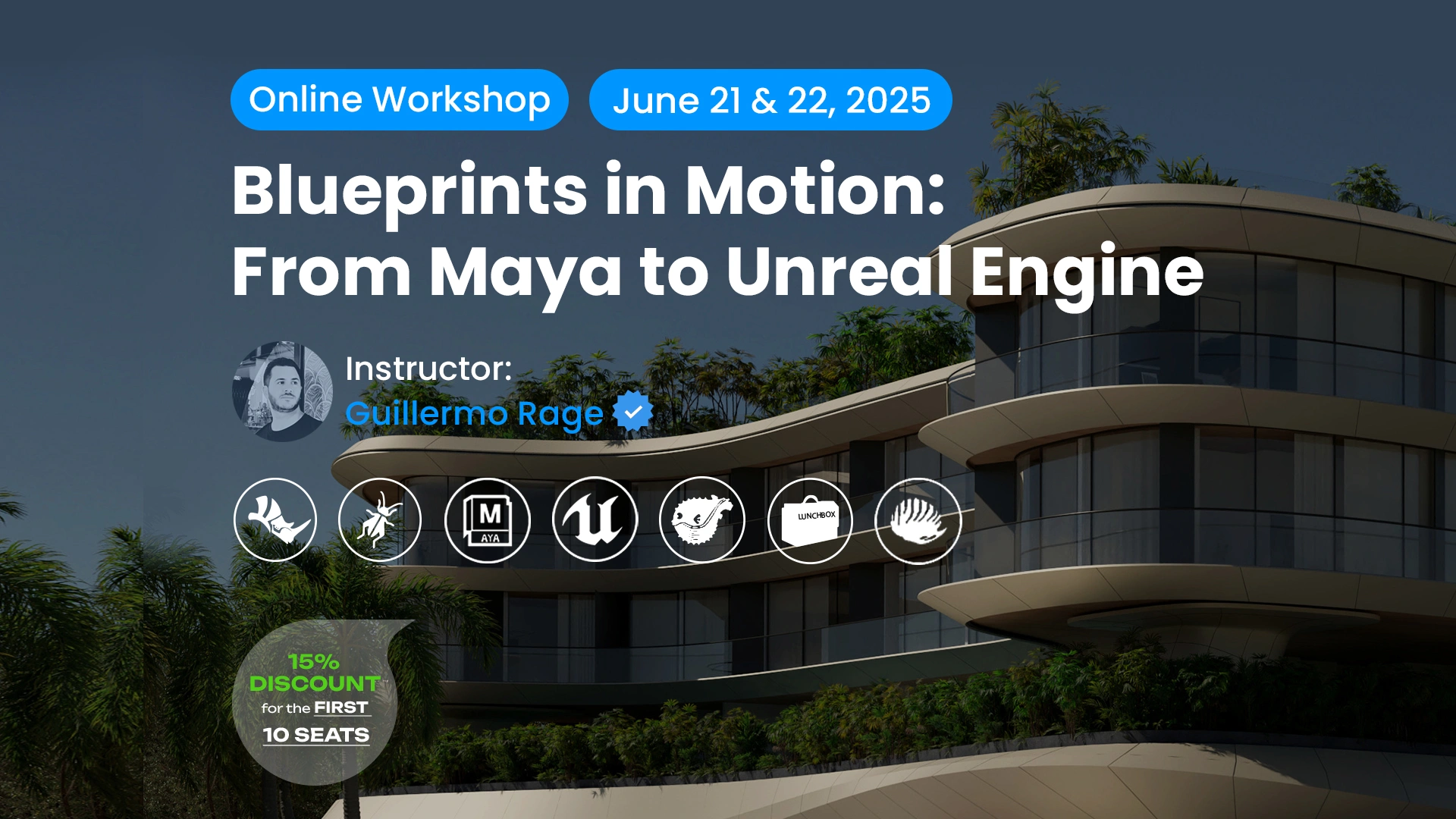

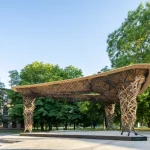









Leave a comment